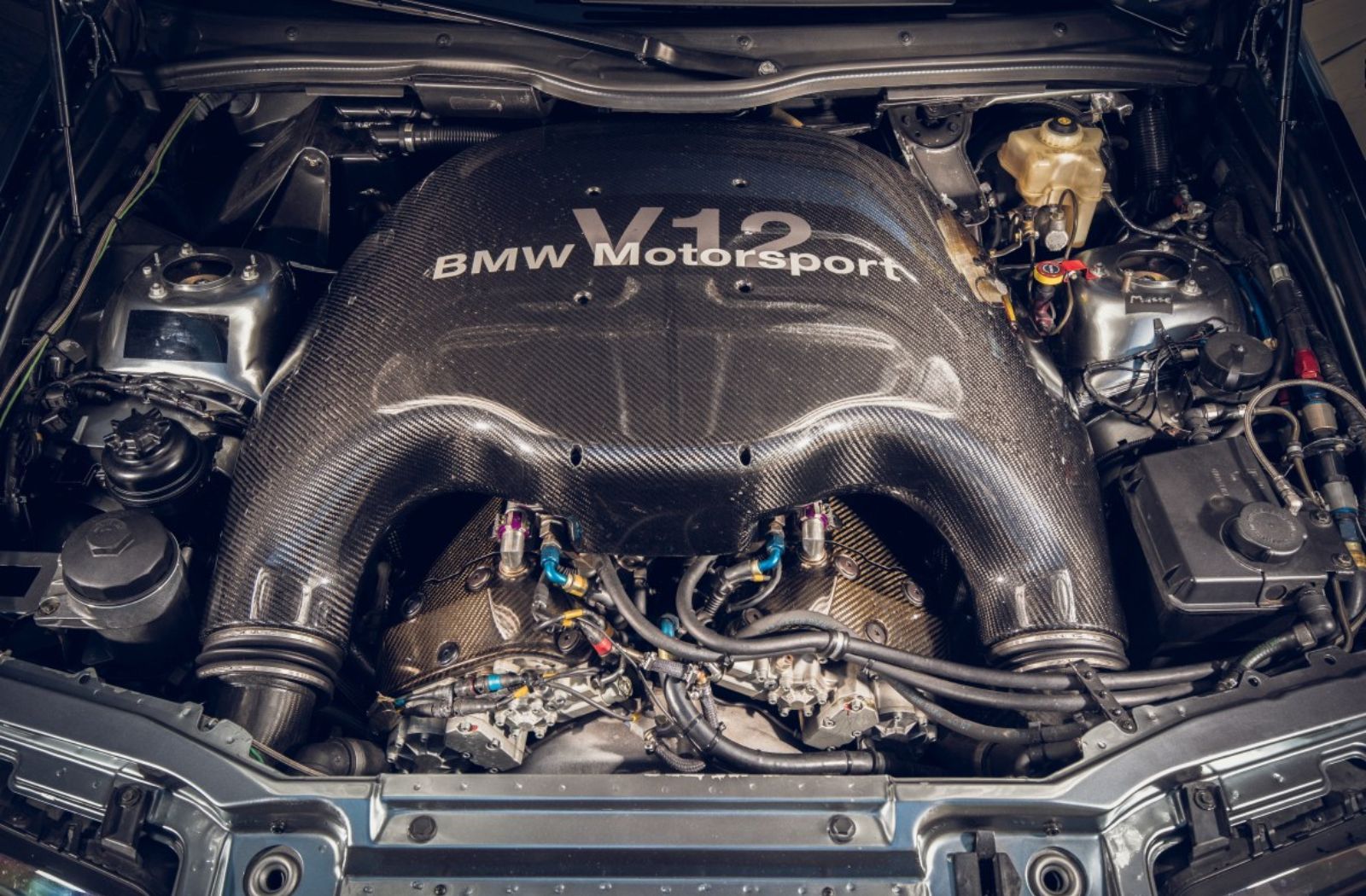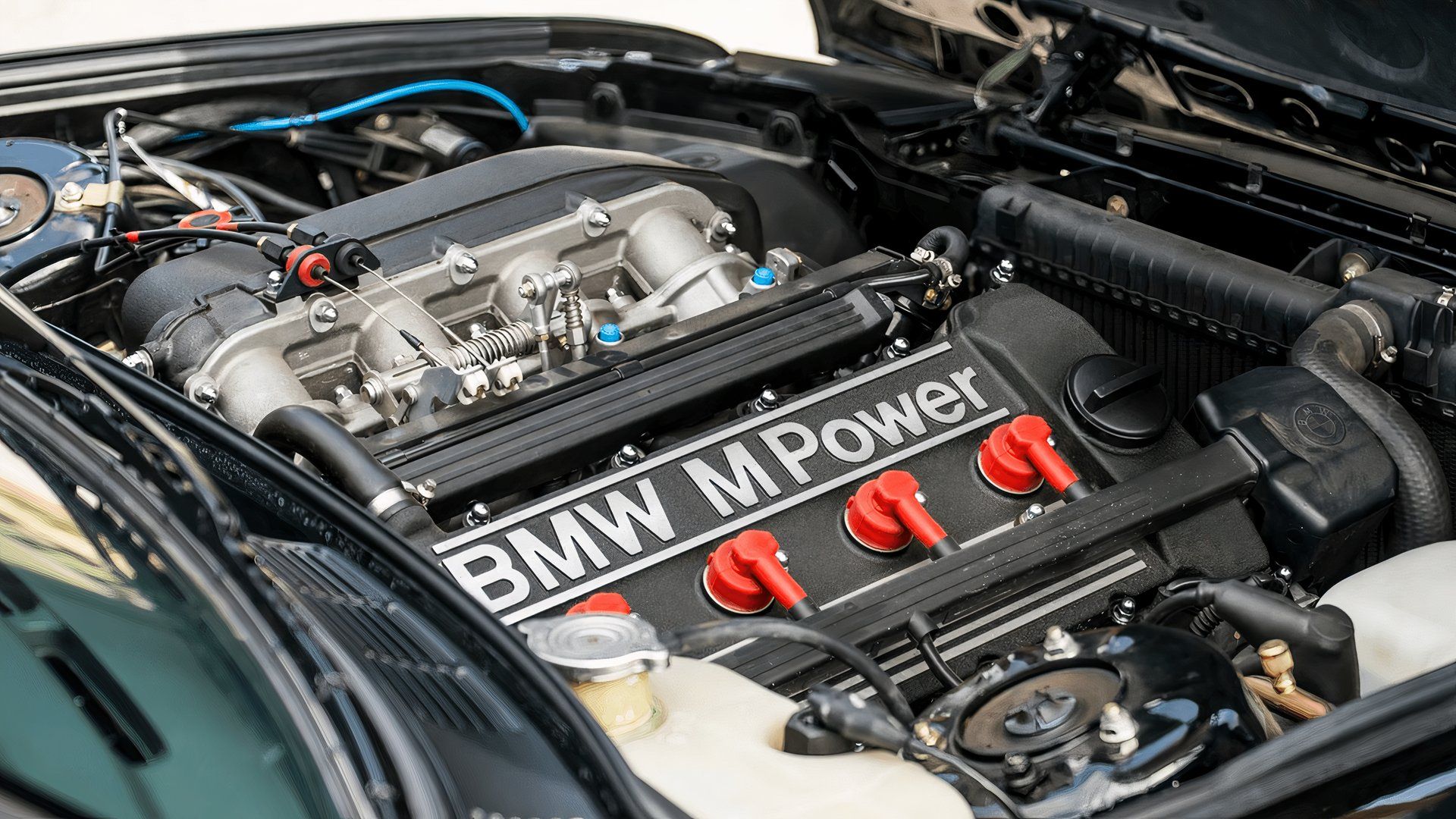Exploring the Evolution of Combustion Engines in Modern Transportation Systems
As we navigate the landscape of modern transportation, the evolution of combustion engines stands as a testament to human ingenuity and design expertise. From their simple starts to the advanced powerhouses pushing automobiles today, combustion engines have undergone an amazing journey of innovation and adaptation. Comprehending the complexities of this advancement not just clarifies the past however likewise paves the way for picturing what lies in advance in the world of transport innovation. The interplay of history, modern technology, and ecological issues fit the trajectory of burning engines develops a story that is both compelling and insightful.
Very Early Beginnings of Combustion Engines
Exactly how did the concept of combustion engines initial emerge in the early phases of transportation growth? The origins of combustion engines can be mapped back to the 17th century when the concepts of internal combustion were very first explored.
The breakthrough moment featured the invention of the very first effective gasoline-powered engine by Karl Benz in 1885 - bmw engine. This engine led the way for the advancement of the modern-day automobile, transforming transport systems worldwide. Succeeding innovations by Nikolaus Otto and Gottlieb Daimler additionally improved burning engine technology, resulting in the mass manufacturing of autos and the rapid expansion of the transportation industry
These very early burning engines were identified by their simpleness and effectiveness, laying the structure for the complicated and powerful engines utilized in modern transportation systems. The evolution of combustion engines has contributed fit the means we take a trip and move items, noting a considerable landmark in the background of transport advancement.
Shift to Internal Burning Innovation
The shift to internal burning modern technology marked a critical change in the development of transport systems. This shift started in the late 19th century, with inventors like Nikolaus Otto and Gottlieb Daimler creating the initial successful internal burning engines. These engines changed transport by providing an extra reliable and powerful alternative to vapor engines and electric motors.
Among the essential advantages of inner combustion engines was their capacity to be scaled down to suit automobiles, resulting in the development of bikes and vehicles. This change from large, fixed engines to small, mobile ones led the way for the modern transport systems we see today.
The transition to interior burning innovation also stimulated improvements in gas innovation, bring about the advancement of fuel and diesel as primary gas resources for cars. This change not just made transportation more available to the masses however also laid the structure for the oil and gas market to come to be essential to worldwide economies.
Effect of Combustion Engines on Transportation
The adoption of burning engines in transport systems catalyzed a profound shift in the performance and rate of global wheelchair. Burning engines revolutionized transportation by supplying a reliable and flexible source of power for various cars, consisting of autos, trucks, ships, and aircrafts. This technology significantly enhanced the capability for people and products to relocate over lengthy ranges click here now in shorter timespan, resulting in raised connection between areas and countries.
Furthermore, the widespread use of combustion engines has had a considerable impact on economic growth. The capacity to transport goods efficiently has actually stimulated trade and commerce, allowing businesses to expand their markets and get to customers worldwide. This has helped with economic development and globalization, as products can now be transferred faster and in bigger amounts than ever previously.
However, the environmental influence of burning engines can not be neglected. The combustion of fossil gas has actually brought about air contamination and greenhouse gas exhausts, adding to climate change and posturing wellness dangers to populations. bmw engine. As an outcome, there is a growing emphasis on developing alternate propulsion modern technologies to alleviate these negative impacts and produce a more sustainable future for transportation
Advancements in Combustion Engine Layout
One notable development is the development of turbocharged engines, which use exhaust gases to drive a turbine that presses incoming air, permitting for even more fuel to be charred, resulting in enhanced power output without a significant increase in engine dimension. Variable shutoff timing systems have also revolutionized engine layout by enhancing air flow at different engine rates, boosting both power and effectiveness. These developments collectively add to the constant enhancement of combustion engines in modern-day transport systems.
Future Fads in Combustion Engine Development
With technology innovations driving constant development, the future of burning engine advancement is poised to change transport systems worldwide. Among the key fads in burning engine development is the press towards better effectiveness and reduced exhausts. Producers are spending heavily in study and advancement to improve engine performance while satisfying strict environmental guidelines. This consists of the combination of advanced gas shot systems, enhanced turbocharging techniques, and making use of light-weight materials to enhance gas consumption and lower carbon emissions.
One more prominent trend is the fostering of crossbreed technologies in combustion engines. Hybrid engines incorporate traditional combustion innovation with electrical power, offering improved fuel effectiveness and reduced exhausts. As the automotive market changes in the direction of electrification, crossbreed burning engines are viewed as a transitional remedy that bridges the gap between traditional automobiles and totally electrical ones.
In addition, the integration of smart technologies, such as expert system and information analytics, is anticipated to play a substantial role in the future of combustion engine development. These technologies can optimize engine performance in real-time, leading to more efficient combustion procedures and boosted general car performance. Embracing these future trends will not just drive technology in burning engine advancement however likewise add to a more ecologically friendly and sustainable sites transport ecological community.

Verdict
In conclusion, the advancement of burning engines in contemporary transportation systems has actually been noted by significant advancements in technology and design. From the very early beginnings of combustion engines to the change to interior combustion modern technology, these engines have had an extensive effect on transportation.
The origins of combustion engines can be mapped back to the 17th century when the concepts of interior burning were initial discovered. These engines transformed transportation by offering a more effective and effective alternative to vapor engines and electrical motors.
